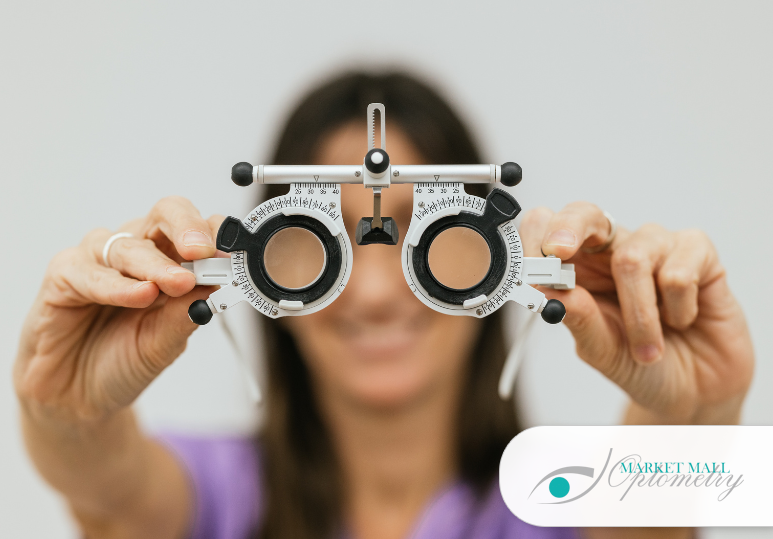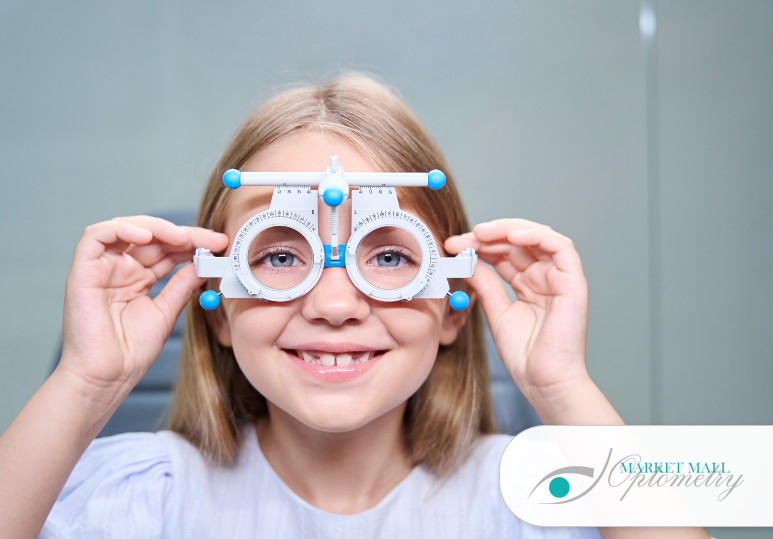Retinal Imaging With Your Optometrist
What Is Retinal Imaging?
Retinal imaging is essentially a high-resolution image of the back of your eye, known as the retina. This is the area that light is focused on to produce an image and your retina is of vital importance to your vision. Retinal imaging also shows the blood vessels in the eye and the optic disk, which holds the nerves of the retina and sends signals to the brain. Retinal imaging is painless and merely involves the patient opening their eyes wide so that an image can be taken. Dilating drops may be administered to make the pupils wider and provide a clearer image. Retinal imaging photos can be kept on file and images from over the years can be compared to monitor the progression of your eye health and any eye conditions.
Why Do Optometrists Use Retinal Imaging?
Images of your eye are a great asset to optometrists. These detailed images allow your optometrist to see indications of eye disease that may otherwise be too small or difficult to detect. Retinal imaging allows optometrists to see the health of your retina, optic disk, and surrounding blood vessels in greater detail and for a longer period than merely looking into the eye. With retinal imaging, your optometrist can assess for any impairments to these areas. For example, high blood pressure can cause damage to the blood vessels in the retina that cannot otherwise be seen. Retinal imaging gives optometrists the ability to see if age-related macular degeneration (AMD) is developing in the macula (the part of the retina at the back of the eye). Damage to the optic nerve due to glaucoma can also be detected with retinal imaging.
The advantages presented by retinal imaging are immense. Eye conditions such as glaucoma and AMD often don’t present symptoms until they have progressed to the point where vision is permanently damaged. With retinal imaging, your optometrist can detect eye conditions early so that they can implement immediate treatment to slow the progression. This can prolong healthy vision for years.
Retinal Scans From A Calgary Optometrist
To ensure you are not developing any eye health conditions, visit a Calgary optometrist regularly to receive retinal imaging during a comprehensive adult eye exam. Regular eye exams are the best way to prevent the progression of eye conditions and to keep your eyes healthy for longer. Many forms of eye conditions such as AMD and glaucoma have no known existing cure and prevention is the only way to reduce the progression of symptoms. At Market Mall Optometry in NW Calgary, our highly experienced optometrists will carefully examine your retinal imaging results in tandem with our other eye tests for a comprehensive understanding of your eye health. To book an eye exam with a Calgary optometrist, contact Market Mall Optometry at 1-403-286-4884 or fill out the online contact form. Learn more about what your optometrist looks for during an eye exam here.
FAQ
Q: How often should adults visit their optometrist?
A: According to the Canadian Association Of Optometrists, adults are recommended to visit their optometrist to receive a comprehensive eye exam once every two years. Adults over the age of 65 should visit their optometrist annually. You should also visit your Calgary optometrist if you are having any issues with your eyes. To learn more, read 5 Signs You Should Visit Your Eye Doctor.
Q: What does a retinal scan feel like?
A: The low-invasive retinal scans cause minimal side effects and create little to no discomfort for patients. If you receive pupil dilation drops, you may have a temporary sensitivity to light and/or blurred vision and it is recommended that you have someone drive you home. This typically goes away within 24 hours.
Q: What are some of the things a retinal scan can detect?
A: Retinal imaging can see abnormalities within the eye such as:
- Cysts
- Leaking fluid
- Bleeding
- Abnormal blood vessels
- Thinning retinal nerve fibres
- Pigmentation changes
- Detached retinas
Many of these abnormalities signify a bigger health concern that needs to be addressed immediately.





